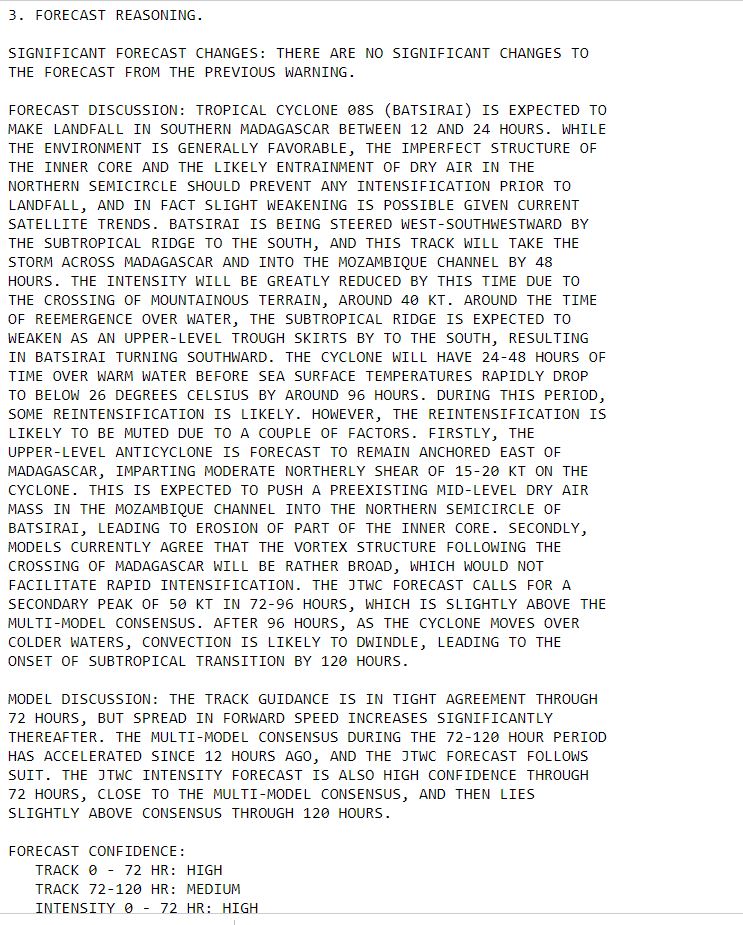
#NZ #ExtremeWeather Update Thread.
The quoted thread addresses the long term threat posed by current conditions - beyond five days - around which there is a lot of uncertainty.
Here's the latest ECMWF model PWAT forecast for the current event - next three days.
The quoted thread addresses the long term threat posed by current conditions - beyond five days - around which there is a lot of uncertainty.
Here's the latest ECMWF model PWAT forecast for the current event - next three days.
https://twitter.com/althecat/status/1489204504520179714
The longer term picture depends on a complex storm picture north of NZ with a potential 2nd #ExtremeWeather event beginning around 9th Feb.
The current atmospheric river generated event is expected to conclude in around 5 days. Here's the latest GFS 5 day rain accumulation sim.
The current atmospheric river generated event is expected to conclude in around 5 days. Here's the latest GFS 5 day rain accumulation sim.
Beyond five days as detailed in the quoted thread, the global weather simulations diverge. Here is the GFS's current simulation rainfall expectations Feb 8-13. In this scenario the bad weather continues for a further 6 days.
Both of these simulations show 6-hrly rainfall over five days. The accumulated totals in both scenarios are significant. But the ECM one is faster moving and brings this current rain event to a conclusion.
As explained in the quoted thread, the latest GFS scenario does not. We should know by Waitangi day.
The next two animations also of 6hrly rainfall show the variance between the GFS and ECM models over the next five days. First the GFS model.
The next two animations also of 6hrly rainfall show the variance between the GFS and ECM models over the next five days. First the GFS model.
And here is the ECMWF rainfall solution.
Again each frame shows 6 hours of rainfall. Red colours = 40-70mm which if persistent of 12 or more hours is fairly extreme. As you can see, in the details they diverge significantly after about 30 hours.
Again each frame shows 6 hours of rainfall. Red colours = 40-70mm which if persistent of 12 or more hours is fairly extreme. As you can see, in the details they diverge significantly after about 30 hours.
And here are the accumulating totals over five days.
ECMWF (left)
GFS (right)
Similar but different, with the ECMWF suggesting significantly higher total rainfall over Wellington and Taranaki regions.

ECMWF (left)
GFS (right)
Similar but different, with the ECMWF suggesting significantly higher total rainfall over Wellington and Taranaki regions.


• • •
Missing some Tweet in this thread? You can try to
force a refresh
















